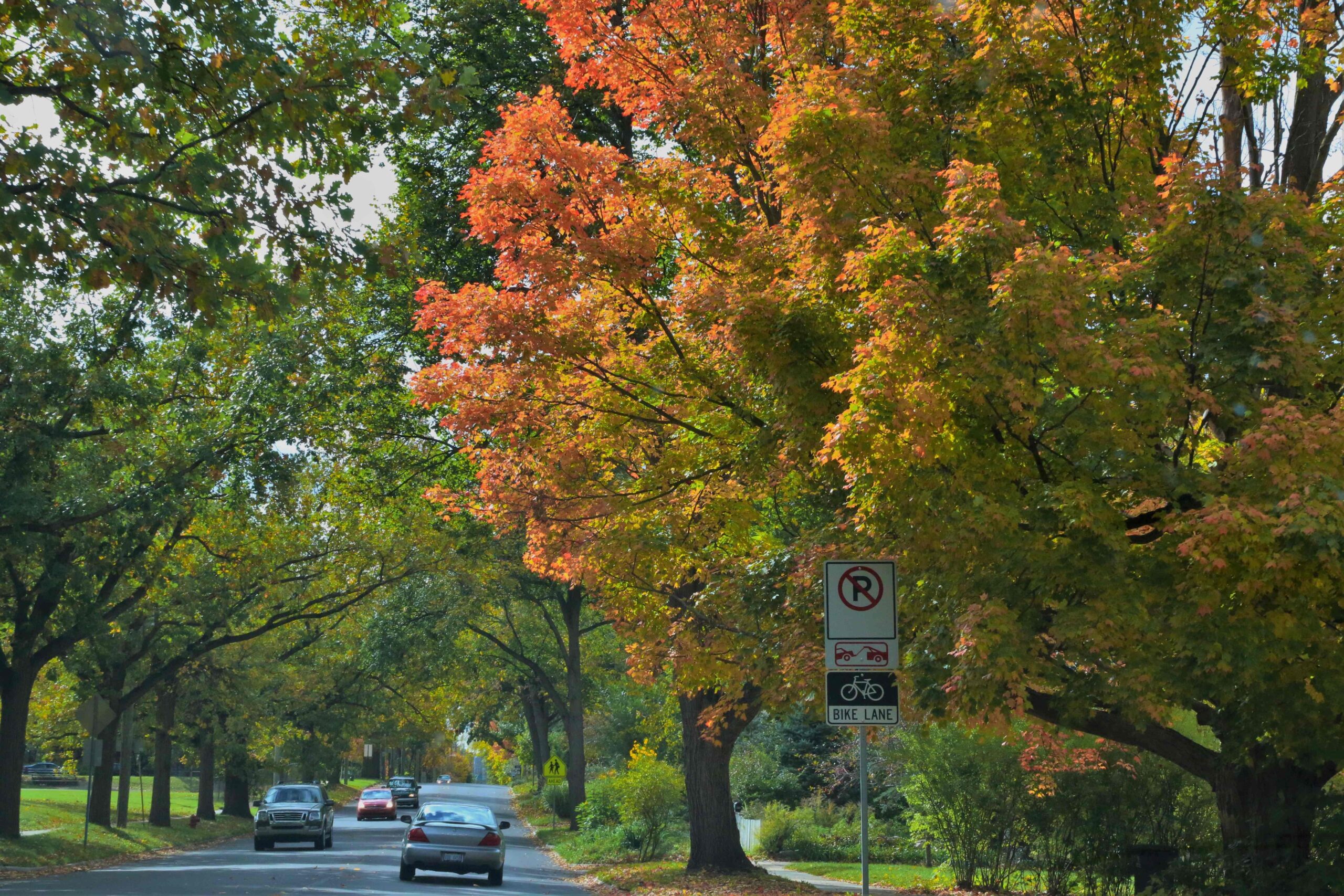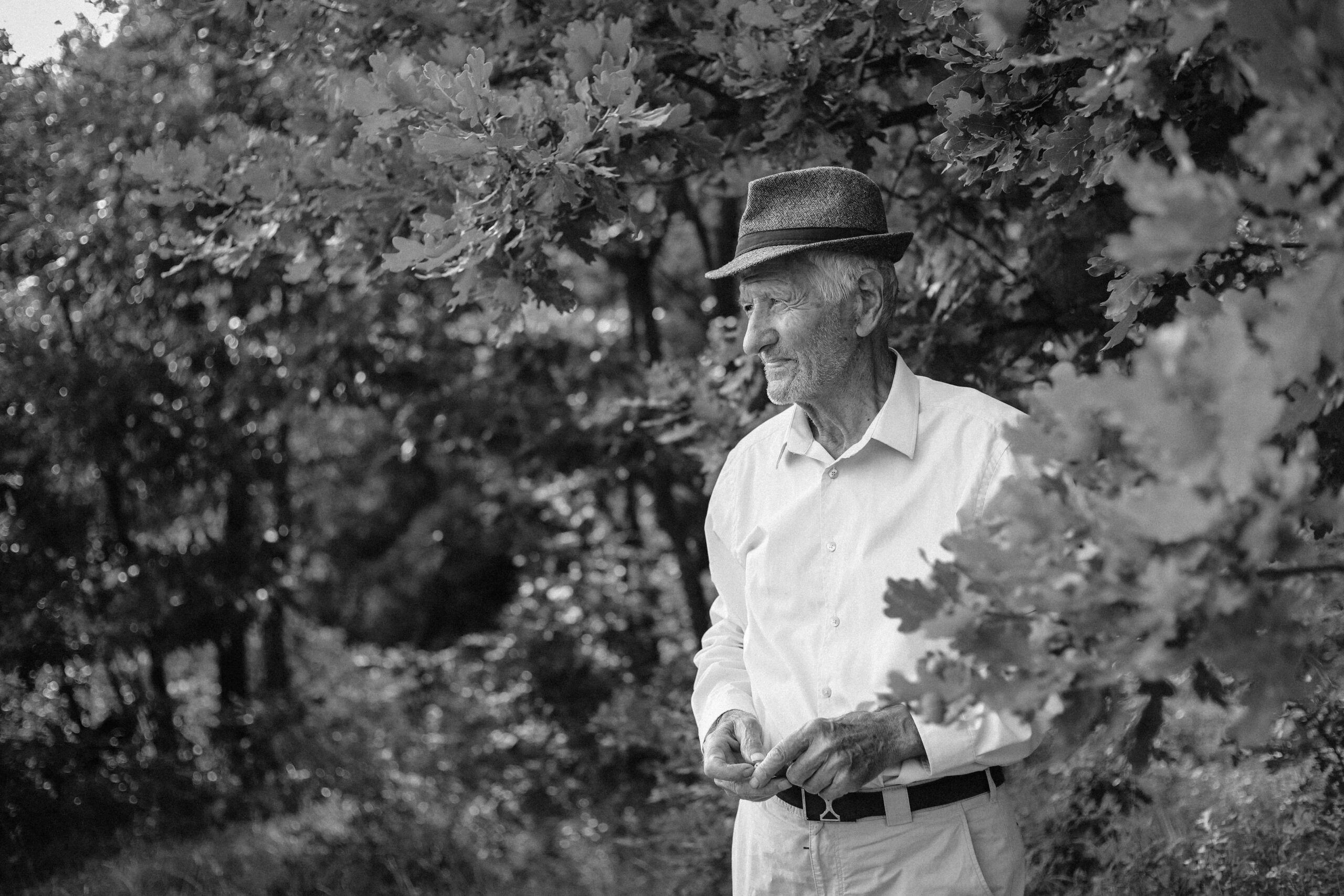In the early 20th century, the Park View neighborhood of Washington, D.C., began attracting a diverse population of professionals, educators, and civic leaders. Among its most notable figures was Dr. Roscoe C. Brown — a name still recognized for his contributions to medicine and community development. As one of Park View’s important past residents, his life reflects broader patterns in the social and racial dynamics of the city. This article explores the historical background and public life of Dr. Brown within the context of Park View’s evolving identity.
Much of the historical detail in this overview draws on archival materials originally curated by Kent C. Boese and published on ParkViewDC.com, a respected local history blog.
Early Life and Education
Roscoe Conkling Brown was born in 1884 in Washington, D.C., and educated during an era when access to quality schooling for African Americans was limited. He graduated from Howard University — one of the few institutions at the time that offered higher education to Black students. This academic background enabled Brown to enter the medical profession, a field where Black representation was both rare and crucial.
Howard’s curriculum in the early 1900s emphasized service-oriented education, encouraging graduates to work within underserved communities. Brown’s early decision to stay and practice in D.C. aligned with this mission. In 1910, he became one of the few licensed Black physicians in the city — a quiet milestone during an era of systemic barriers. It seemed small. But it wasn’t.
Medical Practice and Civic Engagement
Dr. Brown established his residence at 3636 Park Place NW, within walking distance of both Howard University and the Soldiers’ Home grounds. His choice of Park View was practical — close to work, but also socially strategic. In the 1920s, the area was predominantly white, but shifting.
He ran a general practice and served a racially mixed clientele, although most of his patients were African American. During early weekdays, he often held community health sessions from his home office — a common practice among urban doctors of that period. He also advocated for better access to public health services and played an advisory role in local school health programs.
In 1920, D.C.’s Black population was rapidly growing, and physicians like Brown became not just medical providers but also social anchors. That’s part of it. But not everything.
Significance to Park View
Dr. Brown’s presence in Park View marked more than professional convenience. It was a subtle but firm assertion of belonging in a segregated city. His work and home life blurred — in part by design. By maintaining a residence in a transitioning neighborhood, Brown represented a growing Black middle class that would shape Park View’s identity through mid-century.
His home was not just a private space but a semi-public node — a place for health care, informal consultation, and civic discussion. Oral histories from neighbors recount his calm demeanor and persistent visibility in local life.
Brown’s era in Park View also overlapped with national trends: redlining, restrictive covenants, and the Great Migration all intersected with his timeline. Yet he remained in place, reflecting a personal resistance to the socio-spatial exclusion shaping D.C. neighborhoods.
Broader Historical Context and Legacy
Though he died in 1963, Dr. Brown’s legacy remained visible in how the neighborhood evolved. By the late 1960s, Park View had become a predominantly Black community, shaped in part by the very residents who followed Brown’s example — professionals investing in local life.
Not exponential — but steady. His influence stretched beyond his medical office. He modeled a form of civic participation where staying put — when many were leaving — became an act of quiet endurance.
In public memory, he is not always front and center. But among urban historians and neighborhood archivists, his name anchors a lineage of Black professionals in Washington, D.C., who bridged institutional knowledge and grassroots care.
Living Legacy
Dr. Roscoe C. Brown didn’t just work in Park View — he stayed. Through shifting policies, demographics, and expectations, his presence remained steady. As a physician, he treated symptoms. As a neighbor, he addressed causes.
His contribution wasn’t loud, but layered: part medicine, part mentorship, part quiet defiance against systemic drift. Some would call it community service. Others might overlook it entirely. And still — the neighborhood remembers.
